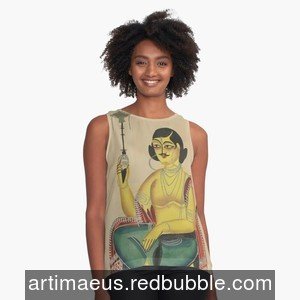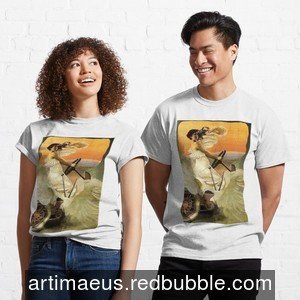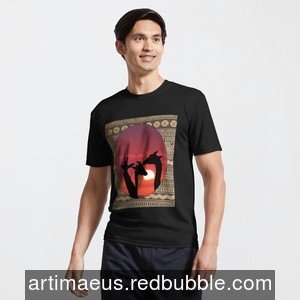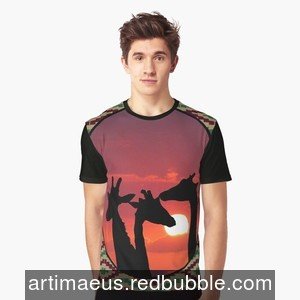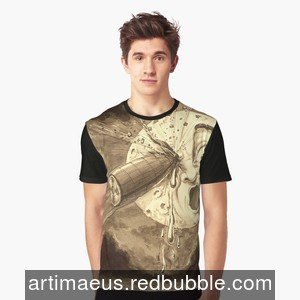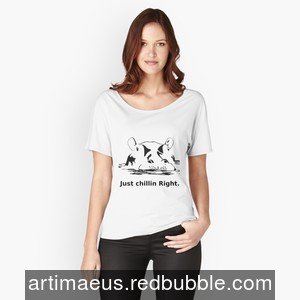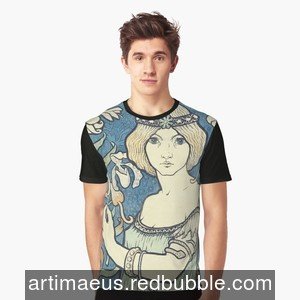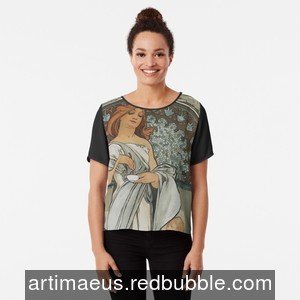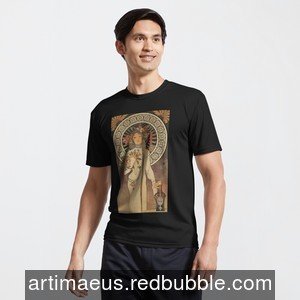- Category: Travel
- Written by Paul Chubb
- Hits: 593
Tingha - A small town you need to see

Tingha is a tiny town located between Inverell and Guyra. Its size is not indicative of value for the traveller. This entry describes the town and a key feature: The Wing Hing Long museum.
Tingha was settled as a mining town and has a long history of mining for tin. It had a mixed population, with about a third being Chinese. Today it is in a process of transition, as residents seeking work move out, and those seeking a low cost of living, move in.
Entry to Tingha is across a cattle grid, and yes, we saw cows grazing on nature strips in front of houses, something I have never seen before.

On entry to the town centre, I strongly suggest that you take the time to drive around the streets and look at the different buildings. There are a large number that are clad in corrugated iron. Such buildings are common in the Australian outback, however, usually not in the town centre. This is indicative of the strong individual mining culture in which things are built for purpose and cheaply rather than for aesthetics.
The main draw of Tingha is the Wing Hing Long museum. This is a general store that grew up with the town. Over the time, it sold everything from food to mining gear to millinery. It also housed a Chinese herbalist and next door, now part of the museum, was a pharmacist.

This business continued until 1998 retaining many features of an early general store. In 1998 it closed and immediately became a museum. Thus this museum is one of those rare beasts in that it forms a time capsule of an age and way of doing things. In this museum you can see how people worked and lived from the late 1800s to the end of the 20th century. Much was left as it was at time of closure; the process of making it a museum was additive rather than rearrangement or taking away.
Walking into the museum you are immediately struck by the shelves on every wall containing food, hardware and other items. The museum holds much more than is on show. The staff are keen to direct you to large folders of photos, newspaper clippings and other resources.
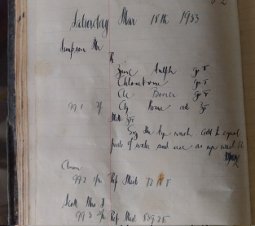
The owners of the store since founding were all Chinese or of Chinese descent or related to Chinese and one original purpose was to serve the Chinese population of the area. The museum for this reason contains a range of items that are Chinese and also western. Many current food brands, for example, are displayed on the shelves but in another corner are magnificent silk Chinese clothing.
At the back is a desk, scattered with papers, labelled “Joe’s Office”. This was where the owner during the 1920s and 1930s carried on his other trade of Chinese Herbalist. This is in strong contrast to the pharmacy in the connected next door shop, exhibiting packets for prescription drugs known today.

To understand the mining of the area, the museum displays a magnificent model of the tin dredge. Water, in a high speed jet, is used to wash sand and dirt into a pond. This is then pumped to the top of a filter ramp. The heavier ore is caught in the filters and trays to be later processed. This is all run by steam engine.
The Museum only costs a few dollars to enter however it is only open on a few days a week. Be sure to check the opening times and days before travelling there. Their website has the details.

